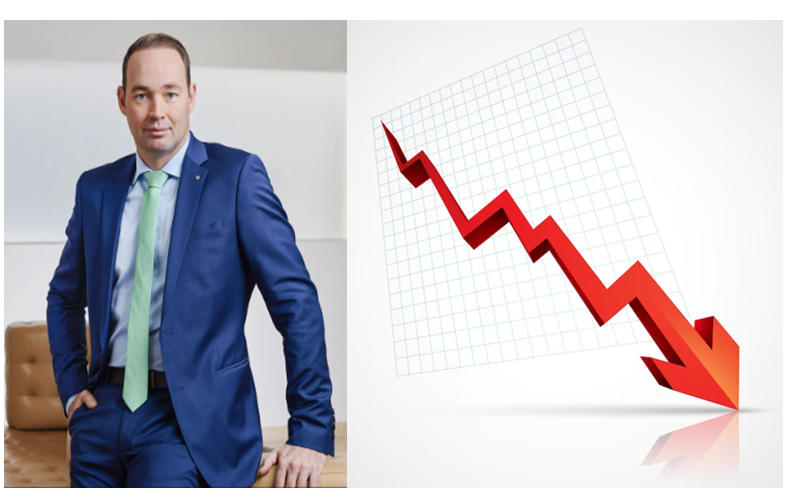

The German economy experienced a lacklustre performance in the second quarter of 2023, falling short of expectations for a slight expansion. Factors such as diminished purchasing power, elevated interest rates, and subdued factory order levels exerted downward pressure on the largest economy in the Eurozone.

According to data from the Federal Statistics Office, there was no discernible quarter-on-quarter shift in GDP when adjusted for seasonal variations.
The industrialized country, Germany's aluminium production experienced a significant decline once more during Q2 2023, with the output of primary aluminium smelters dropping by nearly 50 per cent. The production of aluminium semi-finished products is reported to face significant setbacks, often reaching double-digit percentages.
Rob van Gils, the President of Aluminium Deutschland (AD)/ Aluminium Germany, stated, "Production decline is alarming. The exodus of the industry has already started and is gathering momentum. Industrial value creation and thus prosperity in Germany are at stake."
“The federal government urgently needs to take countermeasures. It's not about permanent subsidies but rather a bridge, as well as over 60,000 jobs in the aluminium industry.”
Gils expresses his approval of the recent announcements regarding structural measures aimed at lowering energy prices in Germany to a competitive level. He emphasizes, however, that others must support these measures. Urgency is paramount; they are unlikely to return once significant portions of the industry have relocated. According to the AD President's concerns, this situation has important implications for industrial value and the nation's self-reliance.
The production of raw aluminium fell by 14 per cent to around 748,000 tonnes in the second quarter. Primary aluminium production fell by 50 per cent from January to June compared to last year.
The aluminium semi-finished sector experienced a notable 12 per cent decrease, producing approximately 595,000 tonnes in the second quarter. This decline was particularly pronounced, with a 16 per cent drop in the production of extruded products and an 11 per cent decrease in rolled product manufacturing. Over the year's first half, Germany produced 1.2 million tonnes of semi-finished aluminium products, marking a 10 per cent decrease compared to the previous year. To gain a deeper understanding of what global aluminium industry leaders have projected their expectations for the year 2023 and to delve into comprehensive insights regarding the industry's strategic investments and potential avenues for growth, explore AL Circle's e-Magazine, "Aluminium LeaderSpeak 2023".
Van Gils further added, "Germany is the only industrialized country that will not grow this year. This should give us all something to think about – fundamentally. The production and investment conditions need to be significantly improved. The current weak economy is also causing problems for the industry. Demand from important customer sectors such as the construction industry and mechanical engineering continues to decline, and the recovery seems further away than ever. The worry lines are getting deeper and deeper."
Germany remained the weakest-performing major economy in the second quarter of the Eurozone. In contrast, according to statistics agencies, both the French and Spanish economies exhibited sustained growth, buoyed by robust exports and a resurgence in tourism.



Responses






